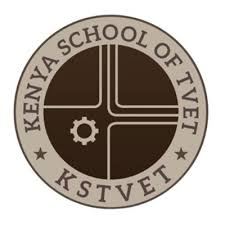Learning management systems
-
Functions and purpose of cataloguing
Records each work in the library by its author, editor, translator, illustrator, commentator, series or by any other person, body or name under which a reader might look.2. Arranges author entries in such a way that all the works of an author will be found together under the same name. This procedure makes it possible for readers to either find a specific work or to survey the literary output of an author as represented in the library.3. To record each work in the library and even parts of a work under the subject under which are to be removed. E.g. A library like UON which has several branches in different campuses an analytical catalogue may be appropriate.4. To arrange subject entries so that like topics will fall together and related topics will be systematically correlated. E.g. the term ingestion, absorption, assimilation, alimentary canal, should be correlated to the term digestion by the term see references.5. To record titles as they appear on the chief source of information which is usually the title page.6. To employ cross references by which a reader may be guided from one entry in a catalogue to another.7. To provide a full description of each work by giving its heading, body of entry, physical description, series notes, the standard number, and full traces of each work, so that the work cant be mistaken for any other.8. To record the call numbers of works by which books may be located or obtained on the shelves. (locative function)-
By the end of this course, students should be able to:
1. Understand the principles and functions of cataloguing
Explain the purpose of cataloguing and its role in organizing information resources in libraries and information centers.
2. Identify and apply cataloguing standards and rules
Demonstrate knowledge of key cataloguing standards such as AACR2, RDA, MARC 21, and classification schemes like DDC and LCC.
3. Create accurate and complete bibliographic records
Apply descriptive and subject cataloguing techniques to different types of materials, including books, audiovisuals, and electronic resources.
4. Use tools and systems for cataloguing
Utilize cataloguing tools such as MARC editors and Integrated Library Systems (ILS) to input, retrieve, and manage bibliographic data.
5. Implement authority control and standardized access points
Understand the importance of authority files and consistent naming conventions to ensure effective information retrieval.
6. Catalogue a wide variety of information materials
Develop skills in cataloguing non-book materials, digital resources, and special collections using appropriate techniques and metadata standards.
7. Evaluate and apply classification schemes
Analyze different classification systems and apply them to organize materials systematically.
8. Adapt to trends in cataloguing and metadata management
Recognize emerging cataloguing practices in digital and networked environments, including linked data and metadata interoperability.
9. Develop critical thinking and problem-solving skills in cataloguing contexts
Apply theoretical knowledge to practical scenar
ios and resolve cataloguing challenges effectively.
